I’m not your “typical” bloke; I enjoy shopping. There is nothing better than going to the shopping
Shopping for Identity
Goffman, the sociological king of self-presentation, argued that what we buy and how we buy it is an expression of our identity. We purchase specific clothes to present us in a particular way. This can be the case for practical reasons; for instance, the businessman might wear a suit. However, we can buy items corresponding with the image of ourselves we wish to present to others.
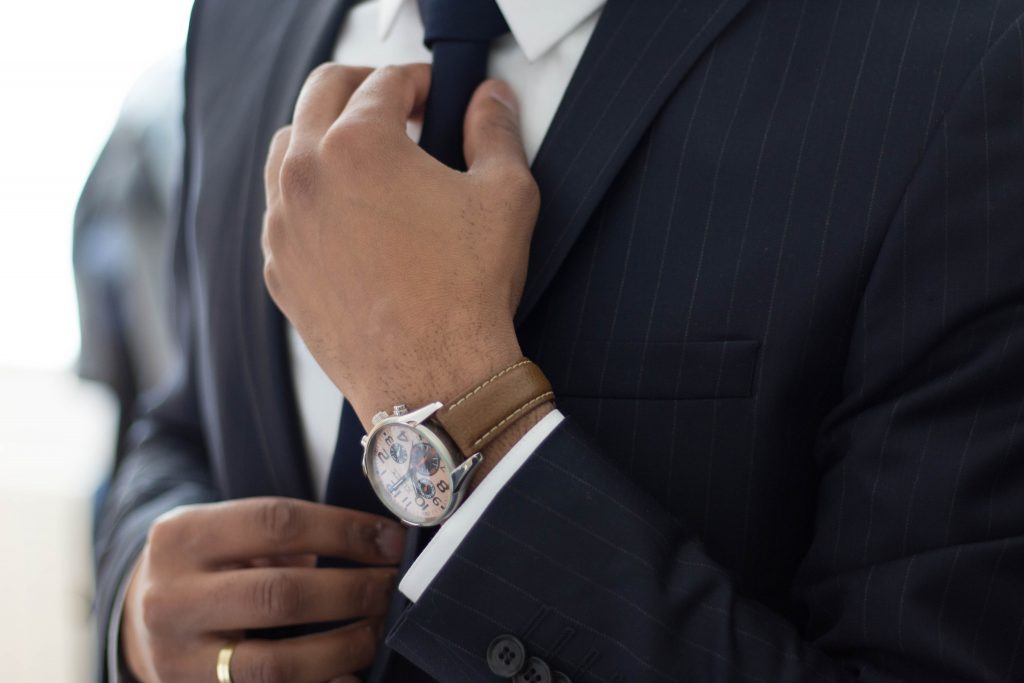
Sociologist Herbert Blumer in his book “Symbolic Interactionism“, stated people use commodities to communicate symbolic meanings. Try to think if you have ever done this. Have you ever bought something to present yourself in a certain way? Also, it isn’t just the commodity itself; it’s also from where it came. Why not take Macklemore’s advice and go to the “thrift shop” rather than buying designer labels. Is it because that would mean we’re cheap, or do we want to be seen as an indie? You can buy an identity off the shelves in shops!
Social Class and Shopping
Similar to shopping for identity, individual items and shops align with social class. Many can’t afford Hugo Boss or to mosey around Waitrose (unless it’s for the free coffee) due to economic inequalities. But if one can, one will undoubtedly make sure they do! Looking back at my time at school, it seems all you have to do to appear upper-middle-class is buy brightly coloured chinos and loafers! I think I’ll stay where I am, thanks.
Through the purchase of items that fit our identity, there is a symbolic reproduction of class structure. Our taste in clothes matches those that correspond with our social class. Also, as people strive to climb the social class ladder, they’ll begin to buy items associated with the class above. Then they’ll refuse to go back to the shops they bought from before spouting nonsense like “you can see the difference, I swear”.
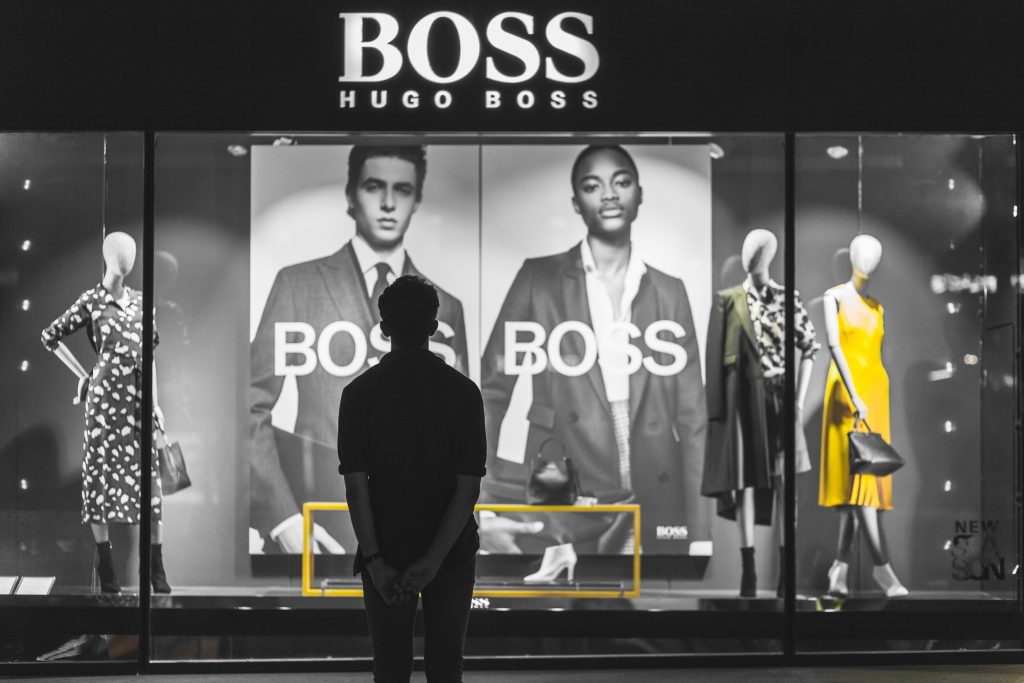
One act of deviance with these social class differences is the act of “textual poaching”. In Henry Jenkins’ book “Textual poachers“, he discusses when a different class claims an already socially classed item. An example of this is Burberry. Burberry was once an expensive brand for the rich; however, it was associated with the working class for my childhood. Specifically, a group derogatorily defined as “Chavs“. Textual poaching has taken place here.
Architecture of Shopping
Now, this is an exciting topic. This study looks at the layout of shops and the
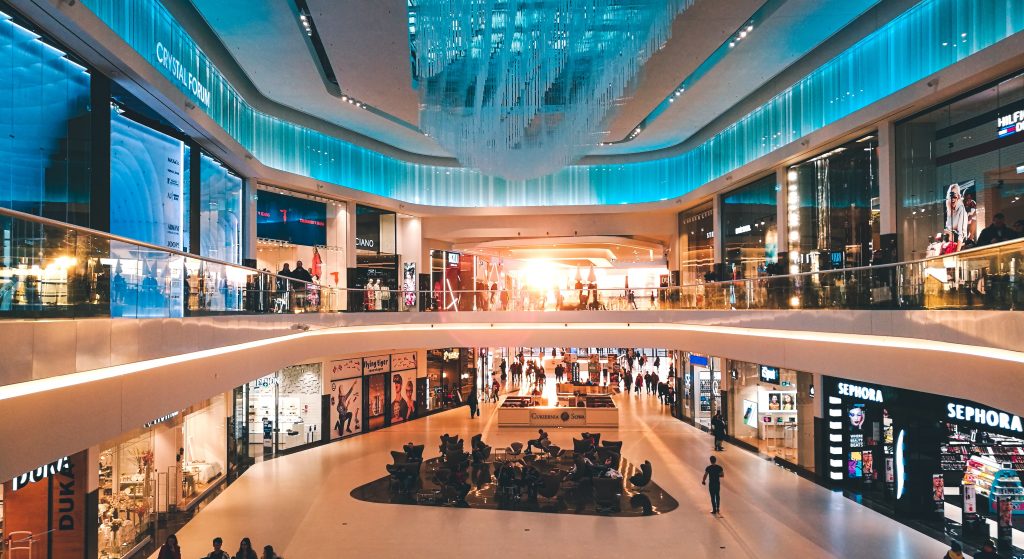
The landing strip
In his book “Why we buy: The Science of Shopping“, Paco Underhill expanded this idea of enticement. He coined the idea that shops have a landing strip. People need a period of transition to get into the shopping zone mentally. We need time to adjust, have a look around, get a shopping trolley. We prep ourselves for the great shop we’ve been eagerly awaiting. Sociologists call this is the landing strip. I know how this sounds; mad. But take a second to think of all the supermarkets you’ve entered. They all have a small area with nothing really in it but trolleys and baskets. Maybe it’ll have a display of beer, not screaming “buy me now” more to float the idea and saying “think about me”. Very suggestive, I know.
Shops try to keep all the beautiful things front and centre to encourage a pleasant sensory experience. I can bet you have never walked into a Tesco’s, and the first thing in front of the door is toilet plungers. Never. So, shops are practically seducing us and without our consent. How dare they! Following the landing zone, think about the aisles and navigation of the shops. They are numbered to help us know where to go and subtly giving us an order of direction. We will find ourselves at the alcohol section after going through 16 aisles and be thinking, “yeah, I could do with a drink now”.
Finally, we get to the checkout, but there they have some inexpensive sweets and magazines. How did they know after 3 hours here that I wanted a snack to catch up on the latest celebrity feuds? It’s the perfect Wednesday night! All this is there to guide social action and influence individual behaviour.
Finally…
So, another long one this week, but it is such a broad topic. Honestly, the tricks and techniques shops have up their sleeves to encourage us to shop a certain way is unreal. Next time you find yourself wanting to go shopping, try to subvert to these social spaces. Also, a final tip from your friendly sociologist: never
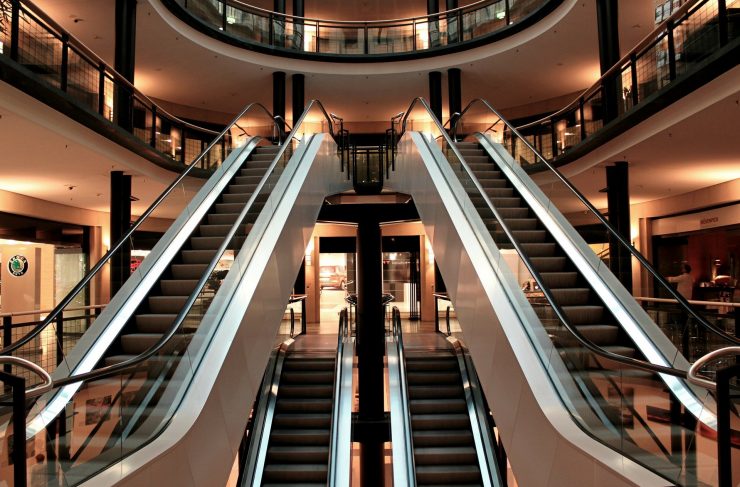
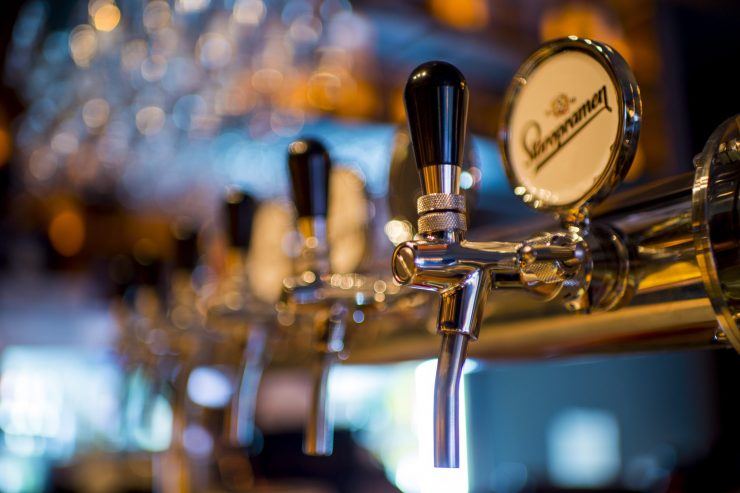

Wow! Finally I got a website from where I can genuinely get helpful data regarding my study and knowledge.